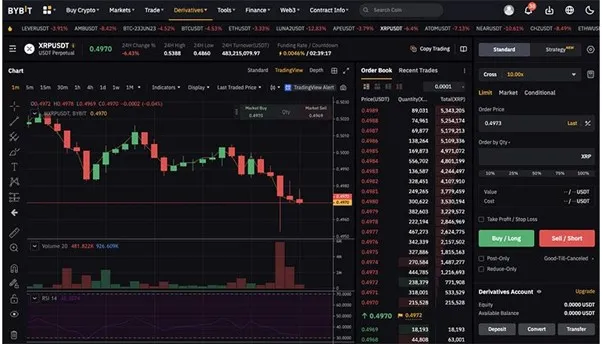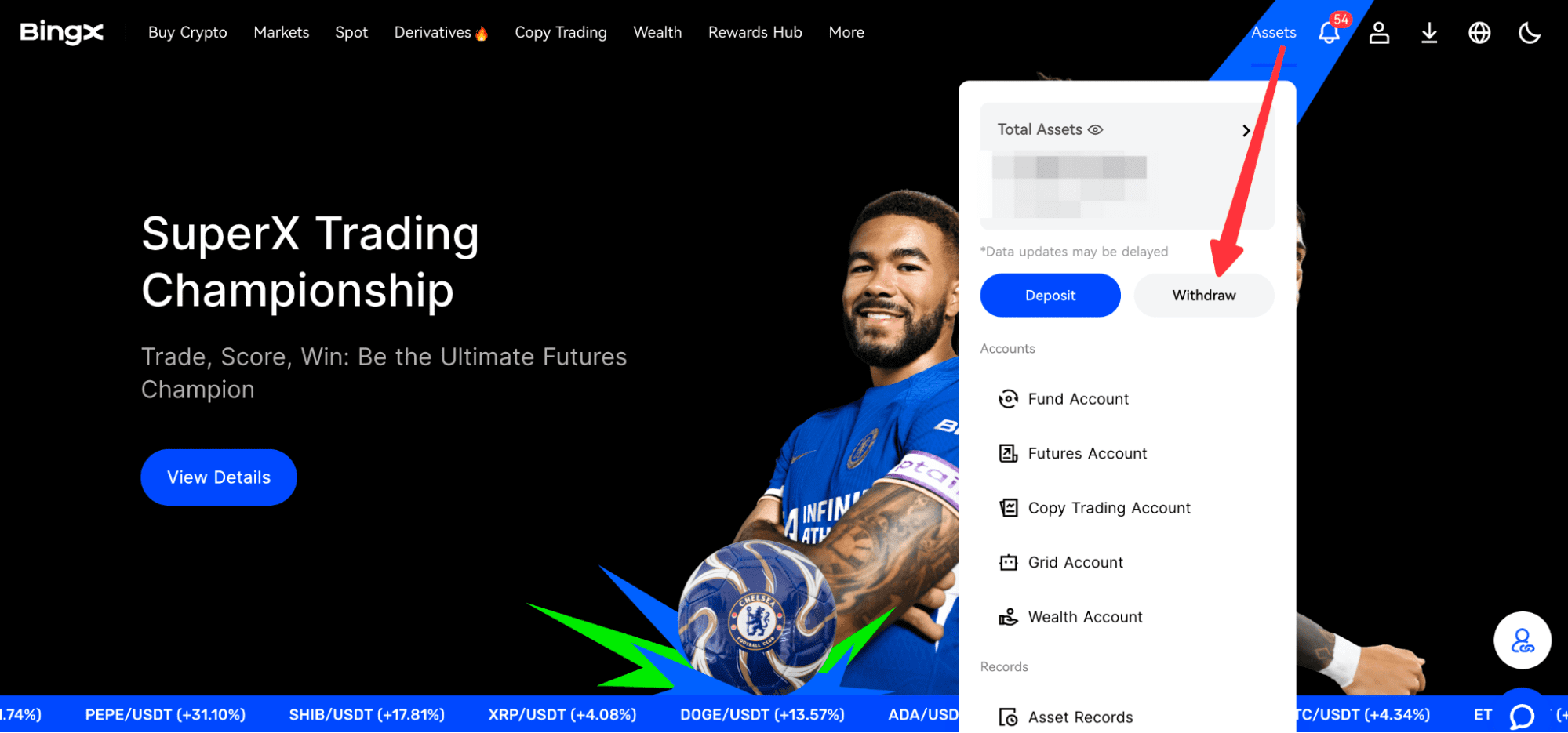I will discuss the How to Scale a Crypto Exchange Business in a sustainable manner. Strategic expansion of a regulated exchange entails establishing a high-performance technological foundation, securing ample liquidity, and implementing state-of-the-art security measures.
Concurrently, adherence to jurisdiction-specific regulations, progressive geographic expansion, and a user-centric design—featuring mobile access and differentiated trading tools—are indispensable. Further, a disciplined approach to marketing and continuous community interaction serve to reinforce user acquisition and retention over time, solidifying a competitive position in a rapidly evolving market.
What is Crypto Exchange?
A cryptocurrency exchange is a web-based facility that permits users to convert, allocate, and safeguard digital assets, including Bitcoin and Ethereum. The exchange functions analogously to a traditional stock market, linking purchasers and vendors, yet the asset class is purely digital.

Crypto exchanges may operate in a centralized manner (CEX), affording enhanced market depth and tailored custodial services, or in a decentralized manner (DEX), in which counterparties transact directly on a blockchain ledger. Such exchanges are integral to the broader cryptocurrency infrastructure, furnishing borderless pathways to digital economic services and asset management.
How to Scale a Crypto Exchange Business

Modernize the Technical Stack
- Transition to a cloud-native ecosystem utilizing AWS or GCP to provision resources on-demand.
- Deploy low-latency matching engines and fine-tune the core database layer to accommodate a projected tenfold concurrency peak.
- Secure 99.99% service level agreements to safeguard institutional trading desks.
Amplify Market Liquidity
- Wire in tier-one liquidity aggregators such as B2Broker or FalconX to broaden tradable pools.
- Roll out captivating market maker rebates to reinforce bid/ask depth in lean trading hours.
- Facilitate cross-chain swaps using bridges from LI.FI or Rango Exchange.
Enrich the Product Ecosystem
- Launch leveraged trading, yield staking, and curated DeFi connectors.
- Activate automated stablecoin-to-fiat swaps for yield farmers seeking quick conversion.
- Unveil a mobile-first client with fingerprint authentication and proximate, push-based market signals.
Elevate Compliance Posture
- Deploy composable KYC and AML solutions leveraging Sumsub for document verification and Chainalysis for on-chain surveillance.
- Obtain licensure within crypto-supportive jurisdictions such as Dubai, Singapore, or Estonia, which offer regulatory clarity and streamlined compliance.
- Release proof-of-reserves audits conducted by third-party custodians, thereby strengthening institutional confidence and enhancing transparency.
Amplify User Growth
- Initiate referral programs structured with ascending rewards— tiered incentives that scale with trading or deposit activity.
- Collaborate with regional influencers and curated affiliate networks that command key markets, driving authentic reach and credibility.
- Translate the interface for India, Southeast Asia, and Latin America, and integrate local payment corridors that reduce deposit friction for target user bases.
Analyze and Refine
- Employ real-time analytics dashboards enabling granular oversight of user interaction patterns, order latency, and cumulative churn.
- Aggregate user sentiment through embedded in-app surveys and systematic support ticket categorization.
- Execute A/B tests focused on optimizing onboarding sequences and modular trading views to maximize retention and conversion.
Enhancing Liquidity and Market Depth
Enhancing the liquidity and market depth of a cryptocurrency exchange represents a pivotal task in the broader objective of scaling operations. Adequate liquidity assures participants that orders will execute swiftly and with negligible price impact, a decisive factor for both retail clients and sophisticated institutional players.
To construct the requisite liquidity architecture, platforms typically collaborate with specialised liquidity providers and institutional-grade market makers, who commit to maintaining tightly bound bid and ask orders. Augmenting the offering with a comprehensive suite of trading pairs—featuring stablecoins alongside the largest market-cap tokens—serves to increase trading frequency and the breadth of participants.
Real-time cross-exchange liquidity aggregation and robust, low-latency application programming interfaces (APIs) for high-frequency and algorithmic traders further bolster market absorption capacity and depth. Symbiotic to these structural enhancements, strategically designed incentive programmes—such as differentiated maker-fee reductions and on-chain staking rewards—stimulate end-user engagement, thereby tightening bid-ask spreads, elevating cumulative trading volumes, and engendering a more resilient and competitive market environment.
Leveraging Marketing and Community Growth
Cultivate Credibility through Openness – Issue consistent progress reports, publish proof-of-reserves, and articulate operating policies to foster user confidence.
Develop Referral and Loyalty Schemes – Motivate current users to recruit new traders by offering tiered bonuses and percentage-based reductions on transaction fees.
Leverage Educational Content – Produce well-researched articles, step-by-step guides, and instructor-led webinars to win the attention of novice traders and assert sector leadership.
Utilize Multi-Channel Participation – Maintain an active presence on Twitter, Telegram, Reddit, and Discord, nurturing a vibrant and enduring user community.
Engage Key Opinion Leaders and Strategic Alliances – Forge partnerships with respected crypto commentators, complementary projects, and established fintech firms to amplify brand exposure.
Execute Region-Specific Campaigns – Adapt promotional messaging to individual markets, deploying vernacular and culturally resonant messaging to maximize impact.
Offer Community-Driven Rewards – Host competitive trading leagues, allocate targeted airdrops, and organize interactive Q&A forums to sustain user dynamism and retention.
Future Trends in Scaling Crypto Exchanges
Scaling cryptocurrency exchanges effectively will require a strategic convergence of sophisticated technology, regulatory foresight, and user-centric design. Machine learning and artificial intelligence will increasingly underlie algorithmic trading optimisation, real-time fraud mitigation, and targeted user journeys, enhancing operational precision and customer satisfaction.
Complementary to this, cross-chain protocols paired with Layer-2 rollups will elevate throughput and drive transaction economics, ensuring low-latency and cost-effective experiences. As institutional participation broadens, exchanges will enrich custodial offerings, deploy robust compliance architectures, and invest in resilient network infrastructures that satisfy institutional-grade expectations.
Concurrently, the tokenisation of both traditional and novel asset classes, coupled with the strategic incorporation of Central Bank Digital Currencies, will broaden the product slate and deepen liquidity pools. Trust will be fortified by sophisticated, cryptographic proof-of-reserves, periodic transparency audits, and mobile-optimised user interfaces. Those platforms that systematically embrace these converging trajectories will achieve accelerated scale, extend their geographical imprint, and sustain a leadership position in the dynamic cryptocurrency landscape.
Pros & Cons
| Pros | Cons |
|---|---|
| High revenue potential from trading fees and new services | Heavy regulatory compliance costs and legal challenges |
| Global market reach with diverse user base | Intense competition from established exchanges |
| Increased liquidity attracts more traders and institutions | Liquidity management requires significant capital and partnerships |
| Ability to diversify with futures, staking, and new asset listings | Security risks from hacks, phishing, and insider threats |
| Community growth strengthens brand trust and adoption | High marketing expenses to attract and retain users |
| Scalability ensures long-term sustainability and innovation | Technical complexity in maintaining uptime and fast transaction speed |
Conclusion
Scaling a cryptocurrency exchange profitably mandates a methodical integration of technology, liquidity, regulatory adherence, and user expansion. Initiating the process with a scalable, high-availability architecture, reinforced by enterprise-grade security controls and alliances with leading liquidity suppliers, enables the platform to accommodate surging volumes without degradation.
Simultaneous international expansion—characterized by country-specific compliance and multilingual client support—combined with the introduction of differentiated product suites such as staking, derivatives, and fully-featured mobile applications, further delimits churn. When these operational pillars are synchronized with disciplined marketing strategies and active community cultivation that prioritize transparency and security education, the resulting user base is both broad and resilient, conferring enduring competitive advantage and positioning the exchange to outperform in a volatile and rapidly maturing digital-asset ecosystem.
FAQ
Scaling ensures the platform can handle more users, higher trading volumes, and global expansion without compromising speed, security, or user experience.
By partnering with liquidity providers, attracting market makers, offering diverse trading pairs, and using incentive programs like maker fee rebates or staking rewards.
Regulatory compliance builds trust, prevents legal issues, and enables global operations by adhering to KYC/AML and other financial regulations.












